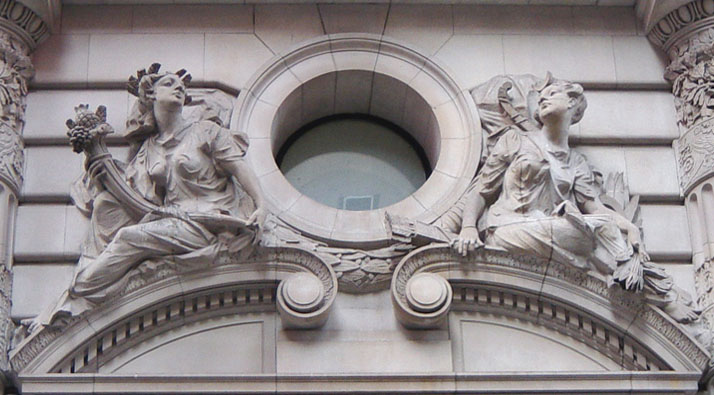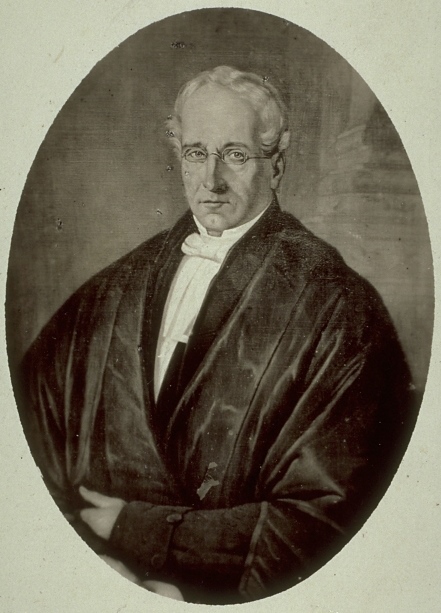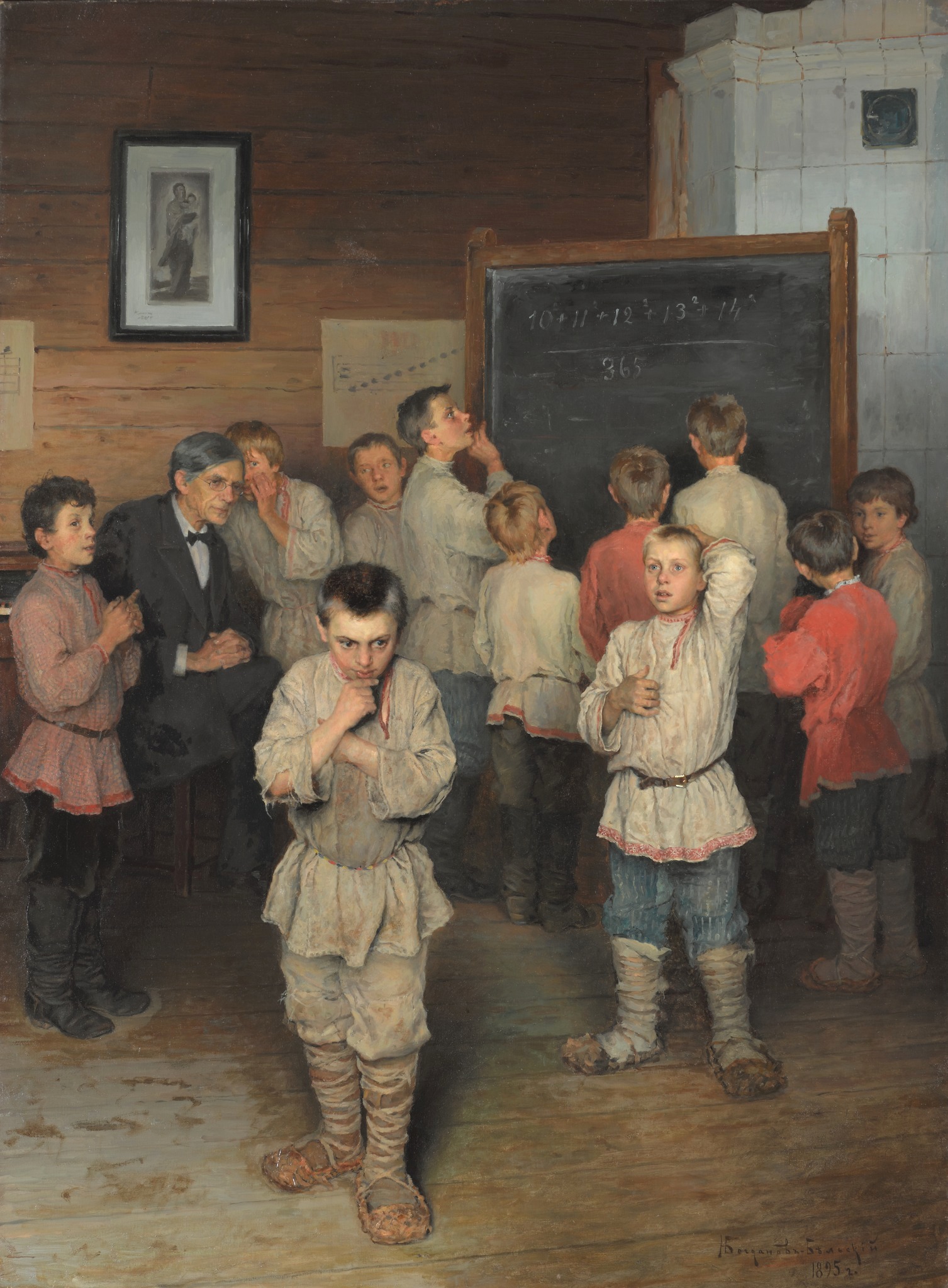|
Flatiron Building (Lacombe, Alberta)
The Flatiron Building in Lacombe, Alberta is the oldest Flatiron Building, flatiron building in the province. It was designed by architects Morley Hogle and Huntley Ward Davis in 1903 and opened for business in 1904. The building served as the Merchants Bank of Canada for many years. For over a century, the famous 'Lacombe flatiron block' was home to many businesses, law offices, and unique shops. Almost one hundred years after the building was erected, it was privately bought and restored as part of the Alberta Main Street Project. Today, this architectural landmark is home to Lacombe Regional Tourism. They offer visitor information, have a local gift shop, and host some information on Lacombe's history. History of Merchant's Bank and Building The Merchants Bank of Canada was the first bank in Lacombe. Formed in 1901, the bank initially rented out a room in a local school. Unfortunately, when bank workers arrived to their temporary location, they found it hadn't been fully con ... [...More Info...] [...Related Items...] OR: [Wikipedia] [Google] [Baidu] |
Lacombe, Alberta
Lacombe ( ) is a city in central Alberta, Canada. It is located approximately north of Red Deer, Alberta, Red Deer, the nearest major city, and south of Edmonton, the nearest metropolitan area. The city is set in the rolling parkland of central Alberta, between the Rocky Mountains foothills to the west and the flatter Alberta prairie to the east. Lacombe became List of cities in Alberta, Alberta's 17th city on September 5, 2010. History Lacombe is named after Albert Lacombe (28 February 1827 — 12 December 1916), a French-Canadian Roman Catholic Missionary Oblates of Mary Immaculate, Oblate missionary who lived among and evangelized the Cree and Blackfoot First Nations of western Canada. He is now remembered for having brokered a peace between the Cree and Blackfoot, negotiating construction of the Canadian Pacific Railway through Blackfoot territory, and securing a promise from the Blackfoot leader Crowfoot to refrain from joining the North-West Rebellion of 1885. The ... [...More Info...] [...Related Items...] OR: [Wikipedia] [Google] [Baidu] |
Beaux Arts Architecture
Beaux-Arts architecture ( , ) was the academic architectural style taught at the in Paris, particularly from the 1830s to the end of the 19th century. It drew upon the principles of French neoclassicism, but also incorporated Renaissance and Baroque elements, and used modern materials, such as iron and glass, and later, steel. It was an important style and enormous influence in Europe and the Americas through the end of the 19th century, and into the 20th, particularly for institutional and public buildings. History The Beaux-Arts style evolved from the French classicism of the Style Louis XIV, and then French neoclassicism beginning with Style Louis XV and Style Louis XVI. French architectural styles before the French Revolution were governed by Académie royale d'architecture (1671–1793), then, following the French Revolution, by the Architecture section of the . The academy held the competition for the Grand Prix de Rome in architecture, which offered prize winne ... [...More Info...] [...Related Items...] OR: [Wikipedia] [Google] [Baidu] |
Historic Bank Buildings In Canada
History is the systematic study of the past, focusing primarily on the human past. As an academic discipline, it analyses and interprets evidence to construct narratives about what happened and explain why it happened. Some theorists categorize history as a social science, while others see it as part of the humanities or consider it a hybrid discipline. Similar debates surround the purpose of history—for example, whether its main aim is theoretical, to uncover the truth, or practical, to learn lessons from the past. In a more general sense, the term ''history'' refers not to an academic field but to the past itself, times in the past, or to individual texts about the past. Historical research relies on primary and secondary sources to reconstruct past events and validate interpretations. Source criticism is used to evaluate these sources, assessing their authenticity, content, and reliability. Historians strive to integrate the perspectives of several sources to devel ... [...More Info...] [...Related Items...] OR: [Wikipedia] [Google] [Baidu] |
Flatiron Buildings
Flatiron or flat iron may refer to various things, often in the shape of a wedge: Objects *Clothes iron * Hair iron Places * Flatiron Building, New York City, at the intersection of 5th & Broadway **Flatiron District, New York City, named after the Flatiron Building * List of Flatiron buildings, including many similar buildings * Flat Iron, Indiana, a small community in Vermillion County * Flat Iron, Virginia * Flatirons Community Church, a large non-denominational church in Lafayette, Colorado Geology * Flatiron (geomorphology), a steeply sloping wedge shaped landscape feature ** Flatirons, rock formations near Boulder, Colorado ** Flatiron (volcano), a volcano in Wells Gray Park, British Columbia, Canada ** The Flatiron, a headland overlooking Granite Harbour, Victoria Land, Antarctica Other * ''The Flatiron'' (photograph), a 1904 photograph by Edward Steichen *Flatiron Books, a division of Macmillan Publishers * Flat Iron, a First Nations lacrosse player who competed in th ... [...More Info...] [...Related Items...] OR: [Wikipedia] [Google] [Baidu] |
Museums In Alberta
A museum is an institution dedicated to displaying or Preservation (library and archive), preserving culturally or scientifically significant objects. Many museums have exhibitions of these objects on public display, and some have private collections that are used by researchers and specialists. Museums host a much wider range of objects than a library, and they usually focus on a specific theme, such as the art museums, arts, science museums, science, natural history museums, natural history or Local museum, local history. Public museums that host exhibitions and interactive demonstrations are often tourist attractions, and many draw large numbers of visitors from outside of their host country, with the List of most-visited museums, most visited museums in the world attracting millions of visitors annually. Since the establishment of Ennigaldi-Nanna's museum, the earliest known museum in ancient history, ancient times, museums have been associated with academia and the preserva ... [...More Info...] [...Related Items...] OR: [Wikipedia] [Google] [Baidu] |
Provincial Historic Site Of Alberta
Provincial historic sites of Alberta are museums and historic sites run by the Government of Alberta. Only sites owned by the provincial government and run as a functioning historic site or museum are known as Provincial Historic Sites. Buildings and sites owned by privately owned, private citizens and companies or Canadian federalism, other levels or branches of government may gain one of two levels of historic designation, "Registered Historic Resource" or "Provincial Historic Resource". A concentration of several heritage buildings can be designated a "Provincial Historic Area", and there are two such areas in Alberta: downtown Fort Macleod and Edmonton's Old Strathcona. Historic designation in Alberta is governed by the Historic Resources Act. The province also lists buildings deemed historically significant by municipal governments on the Alberta Register of Historic Places, which is also part of the larger Canadian Register of Historic Places although this does not im ... [...More Info...] [...Related Items...] OR: [Wikipedia] [Google] [Baidu] |
Bank Of Montreal
The Bank of Montreal (, ), abbreviated as BMO (pronounced ), is a Canadian multinational Investment banking, investment bank and financial services company. The bank was founded in Montreal, Quebec, in 1817 as Montreal Bank, making it Canada's oldest bank. In 2023, the company’s seat in the Forbes Global 2000, ''Forbes'' Global 2000 was 84. Its head office is in Montreal and its operational headquarters and executive offices are located in Toronto, Ontario, since 1977. It is commonly known by its ticker symbol BMO on both the Toronto Stock Exchange and the New York Stock Exchange. In April 2024, it had CA$1.37 trillion in total assets. The Bank of Montreal ISO 9362, swift code is BOFMCAM2 and the institution number is 001. In Canada, BMO has more than 900 branches and more than 1000 in the United States, serving over 13 million customers globally. In the United States, BMO does business as BMO Financial Group, where it has substantial operations in the Chicago area and els ... [...More Info...] [...Related Items...] OR: [Wikipedia] [Google] [Baidu] |
Cornice
In architecture, a cornice (from the Italian ''cornice'' meaning "ledge") is generally any horizontal decorative Moulding (decorative), moulding that crowns a building or furniture element—for example, the cornice over a door or window, around the top edge of a pedestal, or along the top of an interior wall. A simple cornice may be formed with a crown, as in crown moulding atop an interior wall or above kitchen cabinets or a bookcase. A projecting cornice on a building has the function of throwing rainwater free of its walls. In residential building practice, this function is handled by projecting gable ends, roof eaves, and rain gutter, gutters. However, house eaves may also be called "cornices" if they are finished with decorative moulding. In this sense, while most cornices are also eaves (overhanging the sides of the building), not all eaves are usually considered cornices. Eaves are primarily functional and not necessarily decorative, while cornices have a decorative a ... [...More Info...] [...Related Items...] OR: [Wikipedia] [Google] [Baidu] |
Pilasters
In architecture, a pilaster is both a load-bearing section of thickened wall or column integrated into a wall, and a purely decorative element in classical architecture which gives the appearance of a supporting column and articulates an extent of wall. As an ornament it consists of a flat surface raised from the main wall surface, usually treated as though it were a column, with a capital at the top, plinth (base) at the bottom, and the various other column elements. In contrast to a Classical pilaster, an engaged column or buttress can support the structure of a wall and roof above. In human anatomy, a pilaster is a ridge that extends vertically across the femur, which is unique to modern humans. Its structural function is unclear. Definition A pilaster is foremost a load-bearing architectural element used widely throughout the world and its history where a structural load is carried by a thickened section of wall or column integrated into a wall. It is also a purel ... [...More Info...] [...Related Items...] OR: [Wikipedia] [Google] [Baidu] |
School
A school is the educational institution (and, in the case of in-person learning, the Educational architecture, building) designed to provide learning environments for the teaching of students, usually under the direction of teachers. Most countries have systems of formal education, which is sometimes compulsory education, compulsory. In these systems, students progress through a series of schools that can be built and operated by both government and private organization. The names for these schools vary by country (discussed in the ''School#Regional terms, Regional terms'' section below) but generally include primary school for young children and secondary school for teenagers who have completed primary education. An institution where higher education is taught is commonly called a university college or university. In addition to these core schools, students in a given country may also attend schools before and after primary (elementary in the U.S.) and secondary (middle scho ... [...More Info...] [...Related Items...] OR: [Wikipedia] [Google] [Baidu] |
Morley Hogle
Morley may refer to: Places England * Morley, Norfolk, a civil parish * Morley, Derbyshire, a civil parish * Morley, Cheshire, a village * Morley, County Durham, a village * Morley, West Yorkshire, a suburban town of Leeds and civil parish * Morley (UK Parliament constituency), a former constituency in the West Riding of Yorkshire * Morley, a former wapentake of the West Riding of Yorkshire, later merged into Agbrigg and Morley * Moreleigh, South Hams, Devon; formerly spelled as "Morley" United States * Morley, Colorado, a town * Morley, Iowa, a city * Morley, Michigan, a village * Morley, Missouri, a city * Morley, New York, a hamlet * Morley, Tennessee, an unincorporated community Elsewhere * Morley, Western Australia, a suburb of Perth * Electoral district of Morley, an electorate of the Western Australian Legislative Assembly * Mînî Thnî (formerly Morley), Canada, a First Nations settlement * Morley, Ontario, Canada, a township * Morley, Meuse, a commune in the Me ... [...More Info...] [...Related Items...] OR: [Wikipedia] [Google] [Baidu] |
Bank
A bank is a financial institution that accepts Deposit account, deposits from the public and creates a demand deposit while simultaneously making loans. Lending activities can be directly performed by the bank or indirectly through capital markets. As banks play an important role in financial stability and the economy of a country, most jurisdictions exercise a high degree of Bank regulation, regulation over banks. Most countries have institutionalized a system known as fractional-reserve banking, under which banks hold liquid assets equal to only a portion of their current liabilities. In addition to other regulations intended to ensure accounting liquidity, liquidity, banks are generally subject to minimum capital requirements based on an international set of capital standards, the Basel Accords. Banking in its modern sense evolved in the fourteenth century in the prosperous cities of Renaissance Italy but, in many ways, functioned as a continuation of ideas and concepts o ... [...More Info...] [...Related Items...] OR: [Wikipedia] [Google] [Baidu] |









